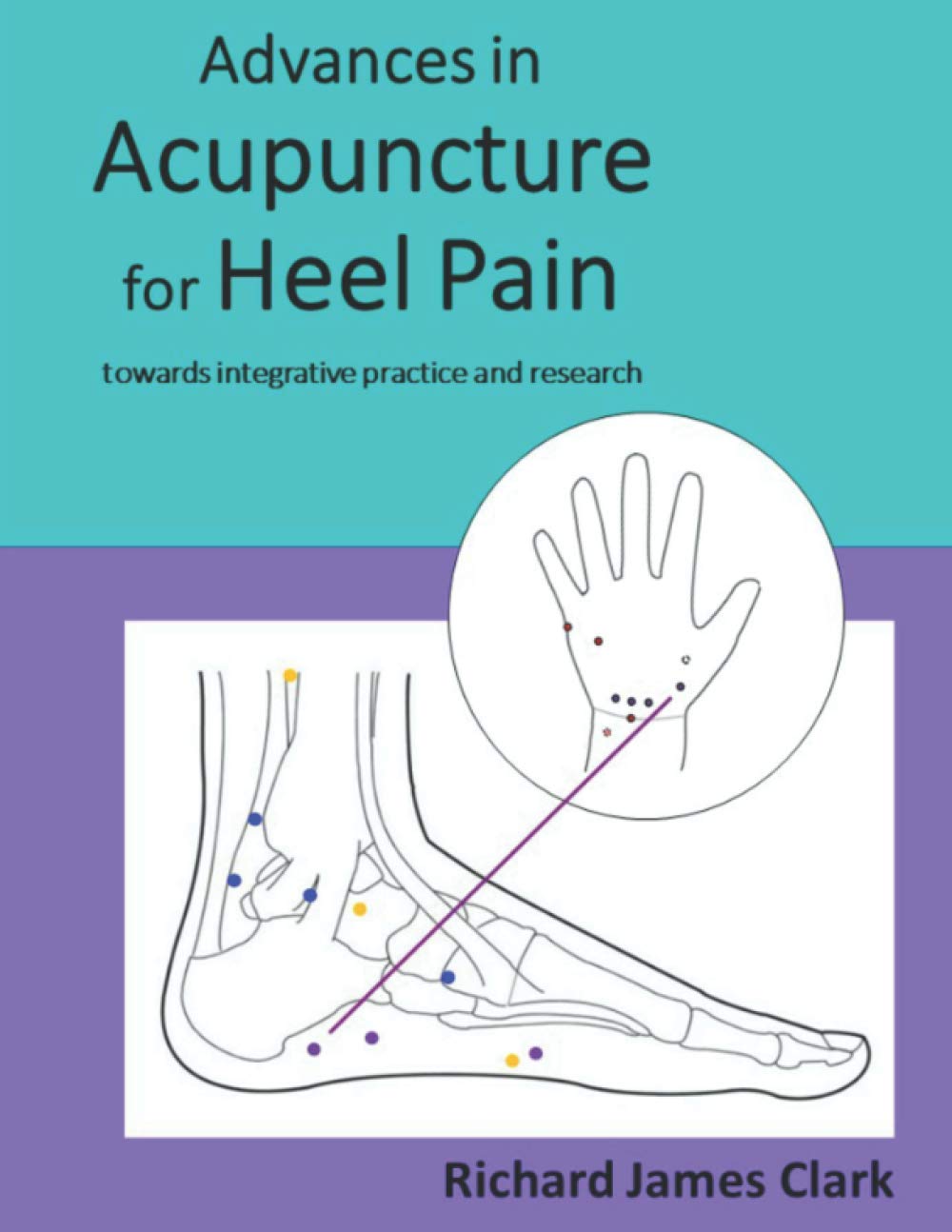
This book addresses an under-recognised approach to a common problem. Plantar Heel Pain (or Plantar Fasciitis or Heel Spur Syndrome) presents frequently to health professionals around the world, yet its treatment remains problematical – guidelines are not definitive because the conventional interventions lack a strong evidence base. Many patients and practitioners are exploring the use of acupuncture as an additional option. This book is for practitioners and senior students of acupuncture, and practitioners of other healthcare disciplines who are using acupuncture in their work. It is also intended to help researchers to clarify their aims, priorities and strategies. It brings together four decades of worldwide research and theory, much of which is otherwise hard to access. It is the only comprehensive source of its kind. Building on systematic reviews, the author develops an integrative model for use in clinic and research and it presents many leads to inform the future research effort. In addition, online resources are being developed to complement the book: reference material, blog, discussion forum, wiki. The author has spent over 40 years practising, teaching and researching acupuncture. Trained in traditional and western acupuncture, medicine and humanistic therapy, he developed a unique integrative style of practice. He taught at several schools of acupuncture to professional acupuncturists, doctors, podiatrists, physiotherapists, and osteopaths and was Course Leader of the Masters programme in Complementary Therapy Studies at the University of Westminster. Commissioned by the NHS, he developed and ran the first Podiatric Acupuncture course, which led him to research the evidence base, co-publish systematic reviews and, eventually, to write this book.
In short:
• a comprehensive, up-to-date resource; the first text to pull together in one place all of the available information on the subject including published research, textbooks, theoretical articles and the author’s clinical expertise
• designed for both practitioners and researchers
• integrative approach, drawing on theory, clinical expertise and evidence, both Traditional East-Asian Medicine and Western Medical Acupuncture, as well as holistic consideration of lifestyle factors
• the book is complemented by online resources to encourage a community of practice
• visual summaries of approaches in use • algorithms for thinking through different presentations of PHP
• handy reference charts and tables
• unflinching discussion of contentious issues
• specific proposals for future research.















